Embarking on a career in process engineering can be an exciting and rewarding journey. As a process engineer, you’ll be tasked with designing, implementing, and optimizing industrial processes, which requires a blend of technical knowledge, problem-solving skills, and practical experience. Whether you’re a seasoned professional or just starting out, preparing for an interview can be a crucial step towards landing your ideal role. In this blog, we’ll explore the key areas of focus for process engineering interviews and provide you with a range of sample questions to help you succeed.
Understanding the Role of a Process Engineer
Before diving into specific interview questions, it’s important to understand the core responsibilities of a process engineer:
- Design and Development: Creating and refining processes that improve production efficiency and product quality.
- Optimization: Identifying and implementing improvements to existing processes to enhance performance and reduce costs.
- Troubleshooting: Diagnosing and resolving issues that arise in manufacturing processes.
- Compliance: Ensuring that processes adhere to industry standards, safety regulations, and environmental guidelines.
Common Categories of Process Engineering Interview Questions
- Technical Knowledge and Skills
- Problem-Solving and Analytical Abilities
- Industry-Specific Knowledge
- Behavioral and Situational Questions
- Soft Skills and Teamwork
Frequently Asked Process Engineering Interview Questions
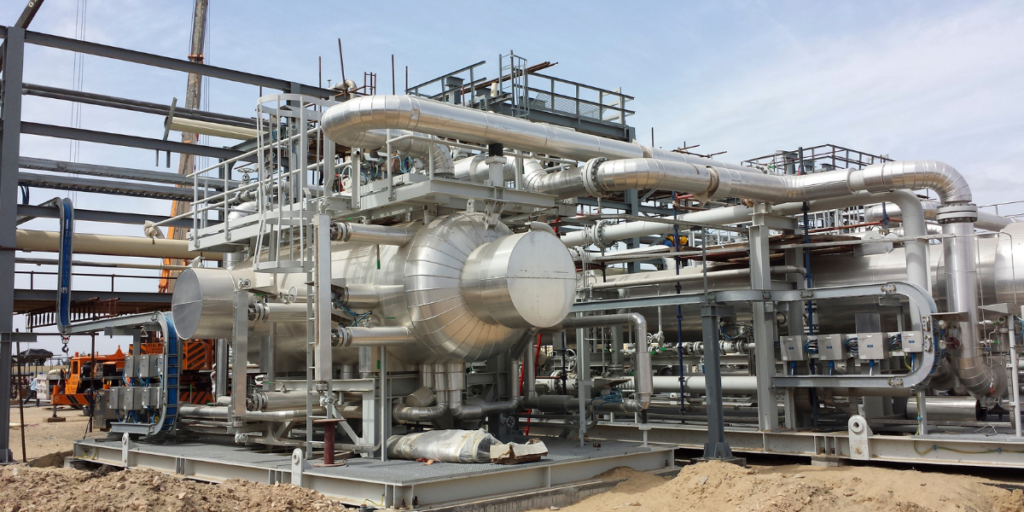
In the following section, I will list the most common process engineering interview questions that were asked in different interviews. All these questions will help you prepare to crack the upcoming interview.
- What are the major process deliverables in an oil and gas project?
- What is your favorite topic in chemical engineering? Why?
- Have you designed a process plant before?
- How do I carry out heat exchanger sizing?
- What do you mean by pump hydraulic power?
- What is NPSH?
- Explain the control valve sizing procedure.
- What is cavitation in control valves?
- What are the different standards used in the process industry?
- Can you explain the concept of pinch analysis?
- What are the different types of PSVs?
- Explain Table 1 of API 520 Part 1.
- Explain different line sizing criteria.
- What are the key considerations in selecting a pump for a new chemical plant?
- What is the L/D ratio of horizontal separators?
- What are the different selection criteria for separators?
- What are the different constraints for orifice sizing?
- What do you mean by valve Cv?
- What is meant by Critical Pressure and Critical Temperature?
- Why is reduced trim required in control valves?
- What are the different line sizing criteria?
- Explain how you would design a distillation column for a given separation.
- Explain pump sizing steps with an example.
- Explain control valve sizing steps with an example.
- What are the control valve _ flow characteristics?
- What is a temperature cross in the heat exchanger?
- What are the different process standards used in the industry?
- Explain pressure safety valve sizing steps with an example.
- Why is it typically a TRV size D?
- Explain orifice sizing steps with an example.
- What is a compressor’s settle-out pressure?
- What do you mean by compressor surge?
- Explain blow-down criteria.
- Explain the functioning of the cooling tower.
- What are the different types of agitators?
- Explain heat exchanger sizing steps with an example.
- How is the reactor size decided?
- Explain Heat Exchanger control and Interlock and Control Philosophy related to Fired Heater.
- Explain Feedback and Cascade Controls. Draw Feedback and Cascade Control Loop?
- Why Line Sizing is important? How Line Sizing will be carried out?
- Velocity guidelines for Liquid, Gas, Steam, and vacuum applications?
- What is Schedule No. in Line Size? What significance does it has in line-sizing?
- What factors affect pressure drop?
- How to calculate the Heat Duty of a Heat Exchanger?
- What safety measures do you consider essential when designing a process involving flammable materials?
- Show a typical P&ID representation of the vessel where the control valve is controlling the level of the vessel.
- What is a PSV? Criteria for sizing Inlet line of PSV?
- Criteria for sizing tailpipe of PSV and Flare Header?
- Can you explain the role of CFD in process engineering?
- If Backpressure is <10%, which PSV shall be used?
- Draw Centrifugal and Positive Displacement Head, Power, and Efficiency curves?
- What is the best efficiency point of the pump?
- Explain in Detail the Control Philosophy and Interlock Philosophy of a Fired Heater? Draw an entire P&ID for the same.
- What is a Mass Balance, and why is it important in process engineering?
- Explain the meaning of IBR PSV. Which Code has to be applied for PSV related to IBR Pressure Vessel?
- What is the Overpressure?
- Why Set pressure of PSVs are kept different?
- What roles do DCS and PLC play? Which are the symbols and how to represent in a P&ID?
- What is NPSH required and cavitation?
- How to prevent cavitation in pumps?
- How do you calculate NPSH?
- How to calculate the power of a pump?
- How do you calculate Line size and pressure drop?
- Which formula is used to calculate Pressure drop?
- How friction factor will affect pressure drop?
- What is roughness, and does it change with the MOC of a pipe? If roughness is more, will the pipe pressure drop will be more?
- Can you explain the concept of process control?
- What is PSV? What is the overpressure considered for the Fire case scenario?
- What are the different types of PSV? Blocked case or Fire case — which PSV is bigger?
- What are the different codes used in PSV?
- What is the role of Process Hazard Analysis (PHA) in process safety?
- What is the pump shut-off pressure? What is the formula for shut-off pressure?
- What is depressurizing utility and the rule for depressurizing?
- What are the line size criteria for the PSV tailpipe & flare header?
- What are the line sizing criteria for the blowdown line?
- What are the line sizing criteria for a pump suction & discharge line?
- Discuss instrumentation and valves for the area around the centrifugal pump.
- Describe Hazen William’s formula.
- Is PSV set pressure and pop-up pressure the same?
- How do you ensure quality control in process engineering?
- Explain the refrigeration cycle.
- What is the maximum velocity for the vapor line before and after the compressor?
- What are the effects of the pump operating away from BEP?
- What is the difference between a batch process and a continuous process?
- What is Bernoulli’s principle?
- What is meant by the pipe schedule?
- How do you manage change in a process engineering environment?
- What is meant by the pump shut-off head?
- Explain the Froude number.
- Write Mach number ranges for different types of flow.
- Is the control valve an on-off valve?
- What is a check valve?
- What are the different types of valves?
- What are the input parameters for inline sizing?
- How Orifice will work?
- Where are the pressure levels high: at the orifice upstream or downstream?
- What are the input parameters in pump sizing?
- Why does the suction pressure have to be higher than the flowing liquid vapor pressure?
- What is cavitation? How can cavitation be eliminated?
- How many types of flow are there in the Heat exchanger?
- Can you discuss the importance of documentation in process engineering?
- What is the meaning of energy balance?
- On what principle distillation column work?
- What are the different outputs of the crude distillation?
- What is chromatography?
- What is PFD? What are the differences between PFD and P&ID? What is the purpose of PFD?
- What are the instruments you can provide in the P&ID?
- What is the purpose of the cause-and-effect matrix?
- What is FEED? What is the role of a process engineer in FEED?
- What are the various unit operations used in process industries?
- What is the difference between Cv and Kv?
- Define compressible flow and incompressible flow.
- Define choked flow and non-choked flow.
- What is Reynolds Number?
- How do you ensure regulatory compliance in process engineering?
- What are the input parameters required to size the control valve?
- Describe pressure drop criteria in the selection of the Control valve.
- What is the objective of pressure safety valve sizing?
- Define set pressure and accumulation.
- Can you explain the concept of process safety management?
- What are the set pressure and Accumulation limits for pressure relief valves?
- Differentiate between superimposed back pressure and built-up back pressure?
- What is meant by chattering? How can it be eliminated?
- What are the causes of chattering?
- Write about Chattering solutions.
- What is a HAZOP study, and when is it conducted?
- Is design pressure and MAWP the same? Differentiate between accumulation and blowdown?
- Is it good to use a single PSV for two equipment/vessels? Why?
- In which cases, one select multiple PSVs?
- What is the role of MAWP in designing PSV?
- What do you understand by the term depressuring rate?
- What are the input parameters required to design a PSV?
- What are the guidelines to follow in the line sizing?
- Is the pump suction line greater than the discharge line? Why?
- What is meant by erosion velocity?
- What is the objective of line sizing?
- What is Stokes law?
- What is the friction factor?
- What are STP conditions and NTP conditions?
- What are the different types of pumps used in the industry?
- Explain the necessity of the performance curves to size the pump.
- Differentiate between pump and compressor.
- Is the total developed head and differential head the same? What are the units?
- Define specific gravity.
- How to calculate NPSH?
- Should NPSHavailable be greater than NPSHrequired? Why?
- Explain the effect of Specific Gravity to calculate Head.
- What is relative volatility?
- How many types of separators are available?
- How to design a heat exchanger design using Aspen EDR?
- What is a TEMA sheet?
- When do we use heat exchangers in series or parallel?
- How to increase the turbulence on the shell side and tube side?
- What is the temperature cross in the heat exchanger?
- What is meant by LMTD?
- What is the role of baffles in the heat exchanger? How many types of baffles are available?
- What is fouling and its units?
- On what principle, does the distillation column work?
- What is Raoult’s law?
- Describe the use of the McCabe-Thiele method.
- What is the effect on the distillation column load if the reflux ratio is increased?
- Define diffusivity.
- What are the units of molar flux?
- What is superficial velocity?
- For pure liquid, what is bubble point temperature and dew point temperature?
- What is relative volatility?
- What is the minimum boiling azeotrope and maximum boiling azeotrope?
- What are the different types of distillation?
- Provide differences between partial reboiler and total reboiler.
- Provide differences between partial condenser and total condenser.
- What is meant by Azeotrope?
- What are the advantages of distillation?
- What are the limitations of the distillation column?
- Define vapor pressure and Reid vapor pressure.
- Define Sensible heat and latent heat.
- What is the purpose of the flare header?
- What are flare system components?
- Describe about Aspen Flare System Analyzer.
- What is a flare stack?
- Differentiate between BDV and PSV.
- What are the design criteria for BDV?
- Is it necessary to provide BDV and why?
- To which system is the BDV downstream connected?
- What is the purpose of an orifice plate?
- What is the difference between a flow orifice and a restriction orifice?
- What is the best location for the flow orifice, upstream, or downstream of the control valve? Why?
- On what principle, does Orifice work?
- What is heat exchanger fouling? Using equations, please explain how heat exchanger fouling impacts the duty of heat exchangers.
- Using equations, explain the impact of the viscosity of the heat transfer fluid on heat exchanger duty.
- In a pipe, consider that there is a turbulent flow of fluid whose composition is known. If you know the diameter of the pipe, as well as the length of the pipe, can you calculate the flowrate of through the pipe, if you know the pressure at the inlet and outlet of the pipe? Explain your answer.
- Consider a compressor that is designed for a certain gas mixture. What would happen if the gas mixture is changed?
- In a distillation column, consider that we have a mixture of chemicals being fed. One of the components is in a small amount. As you perform a distillation column simulation, you find that the component is going to the bottom. However, your friend, who is working in the plant that operates this column,, says that this component is going to the top of the column, what would you do to modify the simulation?
- In a distillation column, you have a mixture of benzene, toluene, and all the xylene isomers. If you want to separate benzene and toluene at the top, and xylenes at the bottom, can you estimate the temperature which would be at the top of the column and the temperature at the bottom of the column? Explain your answer.
- In a distillation column, you are feeding a mixture of hydrocarbons with a vapor mass fraction of 0.7 and 10000 m/h close to the bottom of the column. If the column has no reboiler, but the column bottom is fed with a small amount of live steam, can you estimate the liquid flow at the bottom of the column? You can make some assumptions about the steam rate. In the distillation column above, there is a condenser at the top of the column, but no other side coolers / pump-around. The top condenser condenses all vapor, and part of the condensed vapor is used as reflux, and part is drawn as a top product. What will the top distillate rate be? You can make some assumptions about the reflux rate.
- In the case of a reactor, we find that a set of components A, B, and C react, and form components D and E. If all the reactions are very fast, what approach would you take to estimate the composition of the reactor product? In a combustion reactor, a mixture of methane, ethane, and air is fed at roughly 50 °C. Due to the combustion reactions, the temperature at the outlet of the reactor will rise. How much air will be required if an equimolar mixture of methane and ethane at 1000 Nm/h is reacted? What will be the outlet temperature? Explain your approach to solving this problem.
- In the above example, if we decide to use enriched oxygen instead of air, what will it do, and why?
- In a process, we are reacting a_ liquid hydrocarbon mixture with hydrogen gas in the gas-liquid mixed reactor. The reactor is followed by a separator, and the leftover gas is separated, compressed and recycled back, while the liquid leaves the system. Do you need a purge gas stream? Explain your answer. Do you need a makeup gas stream? How will you calculate the makeup gas flow?
- What is the effect of flow rate on the head?
- Draw the Pump characteristics curves.
- Explain different types of PSVs. How does it work?
- Describe the pressure drop criteria of the control valve.
- Is PSV set pressure and design pressure the same or not?
- What information does the line list contain?
- What information does the equipment list contain?
- What does P&ID contain?
- Why is PSV used?
- How to control surge?
- Provide NPSH, formula
- What is shutoff pressure? Mark shutoff pressure in the graph.
- Draw P&ID for storage tank with pump at downstream and mention the instrument needed.
- List of documents required for P&ID making.
- What are different safety valve sizing scenarios?
- What is meant by the NPSH of the pump?
- What is the output of a pump’s hydraulics study?
- Describe the principle of blowdown.
- Explain pressure drop criteria for line sizing.
- Describe the gas sweetening process.
- Explain the procedure for control valve sizing.
- Explain the effect of higher velocities in the pipeline.
- Describe the PFD of the project you worked on.
- Explain different line sizing criteria.
- How one can reduce the pressure drop across the control valve?
- What is the formula for erosional velocity?
- What are pump curves?
- How to carry out line sizing and pressure drop calculation.
- Explain any process by using a block diagram.
- Explain the distillation column control system.
- What are the causes of Overpressure in the column?
- What are the pump overpressure causes?
- Explain every unit of the refinery and its significance.
- What are the simulation steps for distillation column sizing?
- Explain TEMA and the significance of its parameters.
- What is the significance of pv2 in the heat exchanger?
- What is better; crossflow or counter-current flow in a heat exchanger?
Preparing for a process engineering interview involves a mix of technical knowledge, problem-solving skills, industry-specific expertise, and strong interpersonal abilities. By understanding the key areas of focus and practicing your responses, you’ll be well-equipped to showcase your qualifications and make a positive impression. Good luck with your interview preparation, and may you land the process engineering role that’s perfect for you!

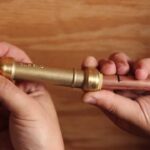
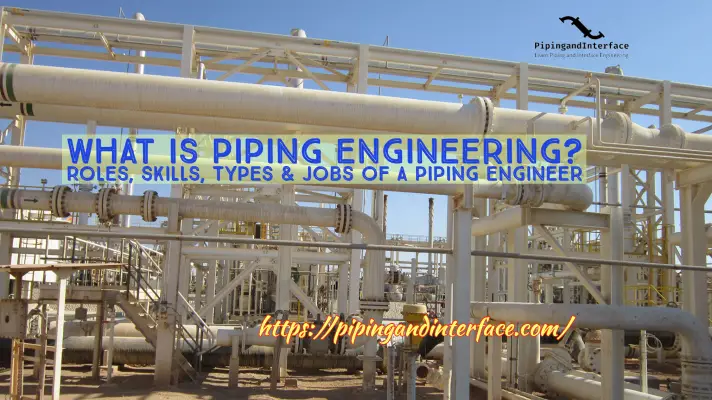

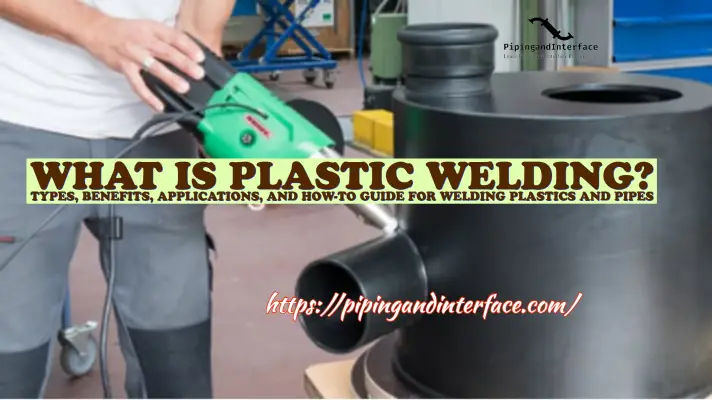
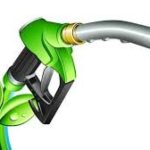
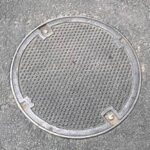
Thank you for the wonderful work